This post may contain affiliate links. Please see our disclosure policy.
Pannekaker, or Norwegian Pancakes, are eggy crepe-like cakes served with both sweet and savory fillings.
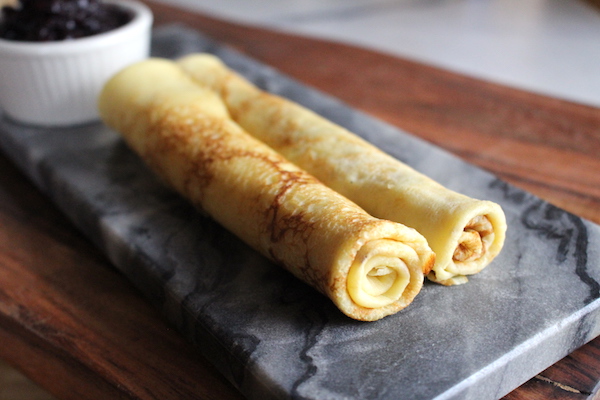
The smell of warm pannekaker always brings my kids running, and that savory, comforting aroma fills the house for hours. They’ll stand eagerly by the stove, watching me swirl the thin batter around our flat cast iron pan until it’s a perfect circle.
While they only take about a minute to cook, it’s amazing how many times a two and four-year-old can ask, “Are they ready yet mama?” At least half a dozen times before the first one comes off the pan.
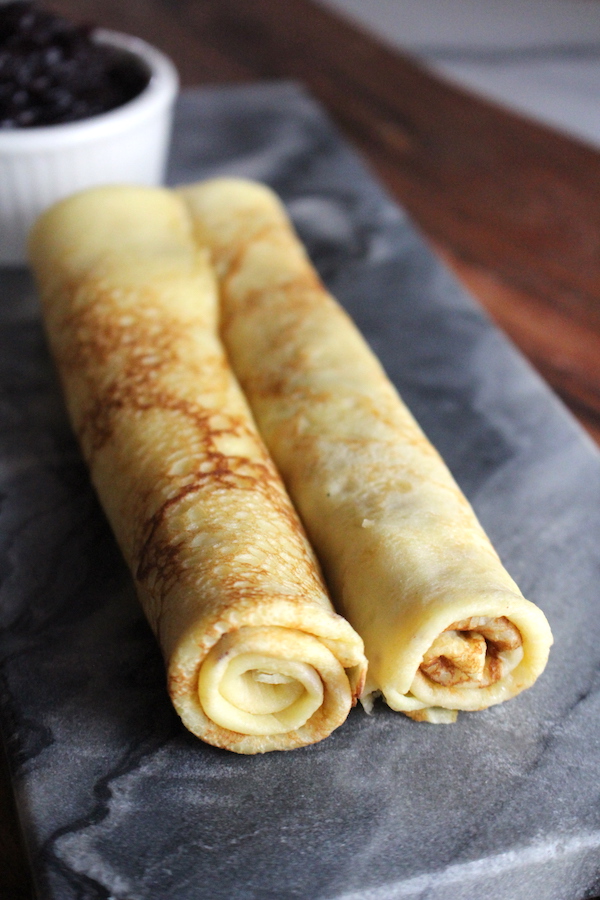
Pancakes of all sorts are popular in my household, whether they’re oven-baked like a fluffy traditional dutch baby or thick and rich Finnish Ålandspannkaka, or pan made like Icelandic Lummur or these thin delicate pannekaker.
While they love all sorts of pancakes, these pannekaker are some of their favorites. My Norwegian grandmother would be proud.
Since their traditional topping, lingonberry jam, is rather hard to come by around here we’ve even started growing our own lingonberries…
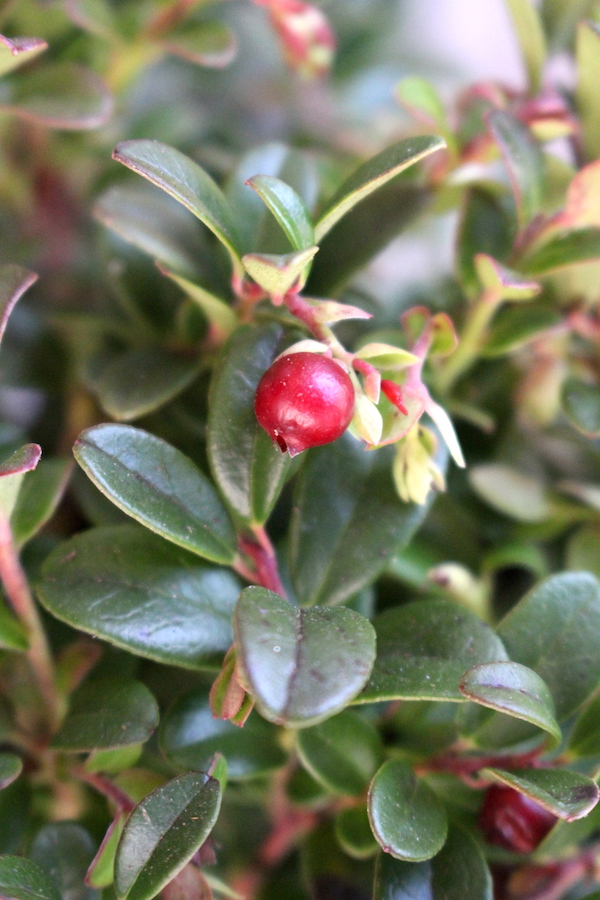
How Are Norwegian Pancakes Different Than Crepes?
So I know what you’re thinking, aren’t pannekaker just crepes? Not quite.
Crepes are thin, delicate and contain only traces of flour to hold everything together. They’re cooked rather slow, as my French college roommate showed me, to prevent any hint of browning.
Pannekaker, on the other hand, contain considerably more flour, making them thicker and easier to flip. It also makes them feel like a more substantial meal.
They’re also traditionally cooked on a very hot, flat cast iron pan to brown them during cooking.
Swedish pancakes, known as pannkakor, are similar, but thinner and less eggy.
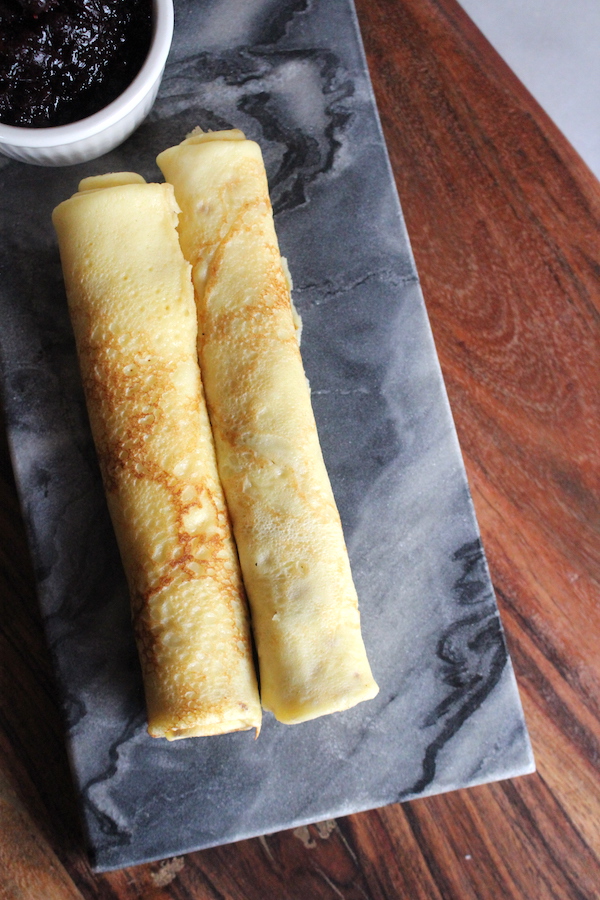
How to Make Pannkakor
While pannkakor batter is simple to prepare, the technique is a bit different than thick American pancakes. If you’ve never made thin eggy pancakes or creps before, listen up.
To make pannkakor you will need some kind of flat crepe pan. I use a 10 1/2 inch cast iron griddle. It’s flat and has only the slightest lips at the sides to hold in the batter.
The short sides make it much easier to flip the pannkakor, and a standard frying pan just won’t work. It’s impossible to flip large thin pancakes with a high sided pan, try it and you’ll quickly learn what I mean.
A standard (not cast iron) crepe pan will also work, but they won’t brown as nicely.
Start by getting the pan very hot, and then pour a about 1/4 cup of batter into the center. Immediately begin moving the pan, tilting it until all the batter runs to cover every corner of the surface and create a nice round, thin pannkakor.
Magnus Nilsson describes the technique beautifully in The Nordic Cookbook:
“The technique for cooking [pannkakor] is to have your pan quite hot and lightly buttered, then you pour the amount of batter required and tilt the pan in all different directions until the batter has completely coated the bottom of the pan. Do not attempt to turn your pancakes over until they have cooked all the way through.”
He then suggests either flipping them in the air (advanced technique) or flipping them with a very thin metal spatula.
I carefully run my thin metal spatula around the entire edge, loosening it where it’s most likely to stick. Then I quickly flip them with the spatula and I rarely have issues with tearing or breakage.
Once flipped, cook pannkakor for about 30 seconds on the second side, just enough to brown the surface. Remove to a plate and serve with savory or sweet toppings, most traditionally lingonberry jam.
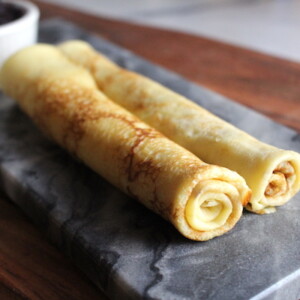
Norwegian Pancakes (Pannekaker)
Equipment
Ingredients
- 1 1/4 cup White Flour, All-purpose or pastry flour
- 2 Tbsp Sugar
- 5 Eggs
- 2 1/2 cups milk
- 1 pinch salt
- butter for frying
Instructions
- Mix all ingredients together, adding the milk in last, a little at a time. Whisk until you have a smooth batter with no lumps remaining (adding the milk gradually helps prevent lumps).
- Heat a round flat griddle pan over medium heat until quite hot. Add butter and once melted, add a ladle of pannekaker batter (about 1/4 cup).
- Immediately tilt the pan, moving it around until the batter runs in all directions and evenly coats the pan, forming a complete circle.
- Cook until the batter has completely set (you'll see a color change in the top side of the batter as it cooks through).
- Once it's fully cooked and the bottom is nicely browned, carefully flip the pannekaker. Cook on the second side for about 30 seconds, until just browned.
- Repeat with the rest of the batter, stacking the pancakes as you go so they remain warm and don't dry out.
- Serve warm, with toppings of your choice.
Nutrition
Nutrition information is automatically calculated, so should only be used as an approximation.
More Norwegian Recipes
Looking for more traditional Norwegian recipes? Read on…
- Norwegian Christmas Cookies
- Norwegian Butter Cookies (Serinakaker)
- Norwegian Sugar Cookies (Sandbakkels)
More Pancake Recipes
In the mood for pancakes? Try these other global pancake recipes…
- Icelandic Oatmeal Pancakes (Lummur)
- Finnish Baked Pancake (Ålandspannkaka)
- Icelandic Pancakes (Pönnukökur)
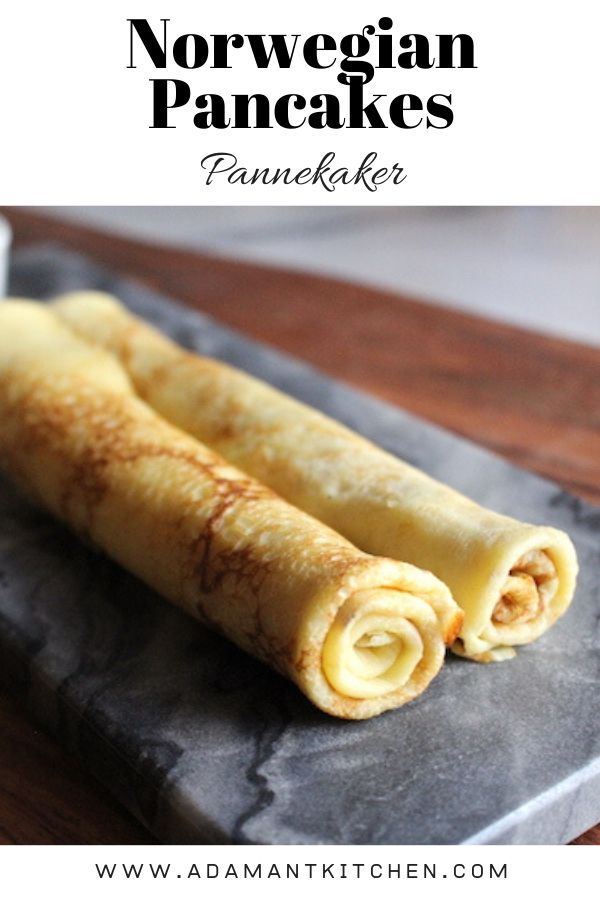
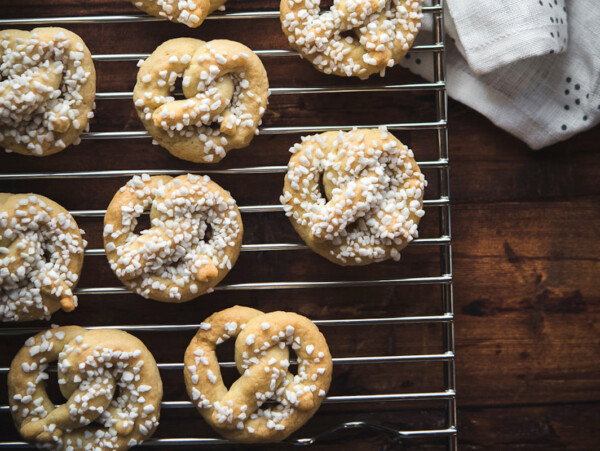
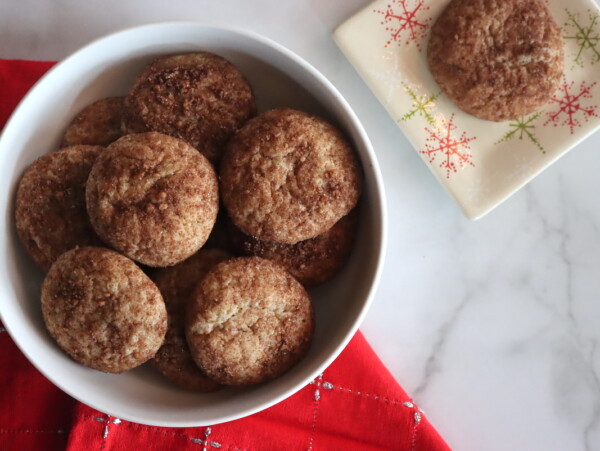
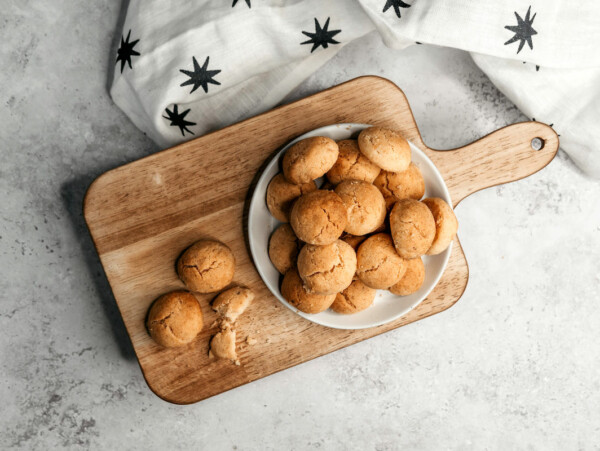
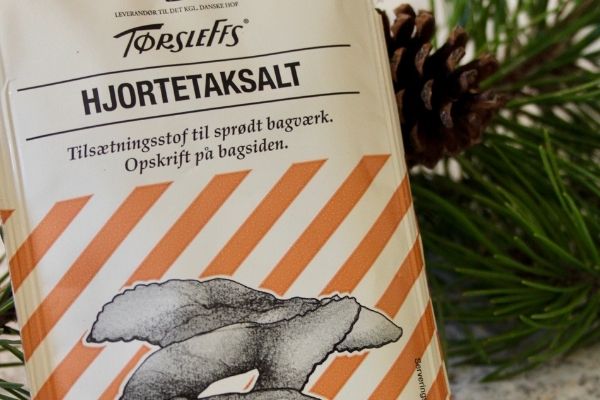
I ordered a pancake pan and lg spatula and couldn’t wait to try it lut. I used your recipe and added 2 teaspoons of cinnamon with the sugar and 1 teaspoon of vanilla. Instead of 1/4 cup I ended up using 1/2 cup. My pan is 10 in so maybe that made a difference. End result, fabulous.Just dusted with powdered sugar. My husband wands blueberries next time. Thank you
I am from Norway was just home last month and I grew up with pannekaker for dinner to but put some bacon on each of them,
Grandpa would make these for breakfast sometimes with fried sausage as a treat and all 8 grandchildren would line up! We are American Norwegians. Served warm with butter and sugar rolled up like lefse. Thank you for the recipe. My kids love them.
Wonderful, so glad you’re enjoying them!
Being from Norway originally , I grew up on Pannekaker. We usually had them for dinner , not breakfast. We usuall had a soup first. I never seen anybody there use Lingonberries (Tyttebær) on their panekaker. It was usually just sugar or blueberry jam. Maybe I try Lingonberries next time?
What a pretty site!
I`m Norwegian and I don`t cook very advanced.
Pancakes and waffles suits me.
I find that the batter might contain up to 2/5 of picked kale,
carrots, pumpkin and nuts, and still taste pancake.
If there is something left of the batter, it goes into a bread and pizza dove.
Best gratings / Ståle A.